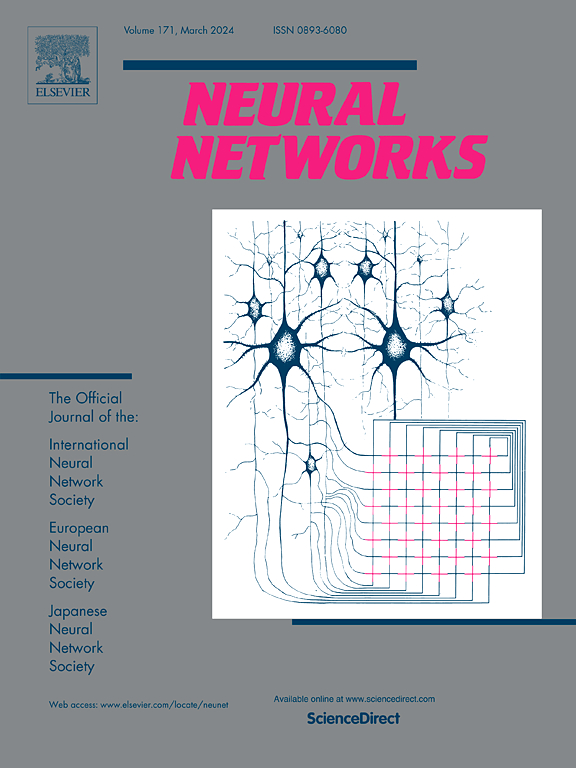Deep temporal representation learning for language identification
IF 6
1区 计算机科学
Q1 COMPUTER SCIENCE, ARTIFICIAL INTELLIGENCE
引用次数: 0
Abstract
Language identification (LID) is a key component in downstream tasks. Recently, the self-supervised speech representation learned by Wav2Vec 2.0 (W2V2) has been demonstrated to be very effective for various speech-related tasks. In LID, it is commonly used as a feature extractor for frame-level feature extraction. However, there is currently no effective method for extracting temporal information from frame-level features to enhance the performance of LID systems. To deal with this issue, we propose a LID framework based on deep temporal representation (DTR) learning. First, the W2V2 model is used as a front-end feature extractor. This model can capture contextual representations from continuous raw audio in which temporal dependencies are embedded. Then, a temporal network responsible for learning temporal dependencies is proposed to process the output of W2V2. This temporal network comprises a temporal representation extractor for extracting utterance-level representations and a temporal regularization term to impose constraints on temporal dynamics. Finally, the temporal dependencies are used as utterance-level representations for the subsequent classification. The proposed DTR method is evaluated on the OLR2020 database and compared to other state-of-the-art methods. The results show that the proposed method achieves decent experimental performance on all the three tasks of OLR2020 database.
用于语言识别的深度时空表征学习
语言识别(LID)是下游任务的关键组成部分。最近,由 Wav2Vec 2.0(W2V2)学习的自监督语音表示法已被证明对各种语音相关任务非常有效。在 LID 中,它通常被用作帧级特征提取的特征提取器。然而,目前还没有有效的方法从帧级特征中提取时间信息,以提高 LID 系统的性能。为了解决这个问题,我们提出了一种基于深度时空表示(DTR)学习的 LID 框架。首先,我们使用 W2V2 模型作为前端特征提取器。该模型可以从连续的原始音频中捕获上下文表征,其中嵌入了时间依赖性。然后,我们提出了一个负责学习时态依赖关系的时态网络来处理 W2V2 的输出。该时态网络包括一个用于提取语句级表征的时态表征提取器和一个用于对时态动态施加约束的时态正则化项。最后,时态依赖性将作为语篇级表征用于后续分类。我们在 OLR2020 数据库上对所提出的 DTR 方法进行了评估,并与其他最先进的方法进行了比较。结果表明,所提出的方法在 OLR2020 数据库的所有三个任务上都取得了不错的实验效果。
本文章由计算机程序翻译,如有差异,请以英文原文为准。
求助全文
约1分钟内获得全文
求助全文
来源期刊

Neural Networks
工程技术-计算机:人工智能
CiteScore
13.90
自引率
7.70%
发文量
425
审稿时长
67 days
期刊介绍:
Neural Networks is a platform that aims to foster an international community of scholars and practitioners interested in neural networks, deep learning, and other approaches to artificial intelligence and machine learning. Our journal invites submissions covering various aspects of neural networks research, from computational neuroscience and cognitive modeling to mathematical analyses and engineering applications. By providing a forum for interdisciplinary discussions between biology and technology, we aim to encourage the development of biologically-inspired artificial intelligence.
 求助内容:
求助内容: 应助结果提醒方式:
应助结果提醒方式:


